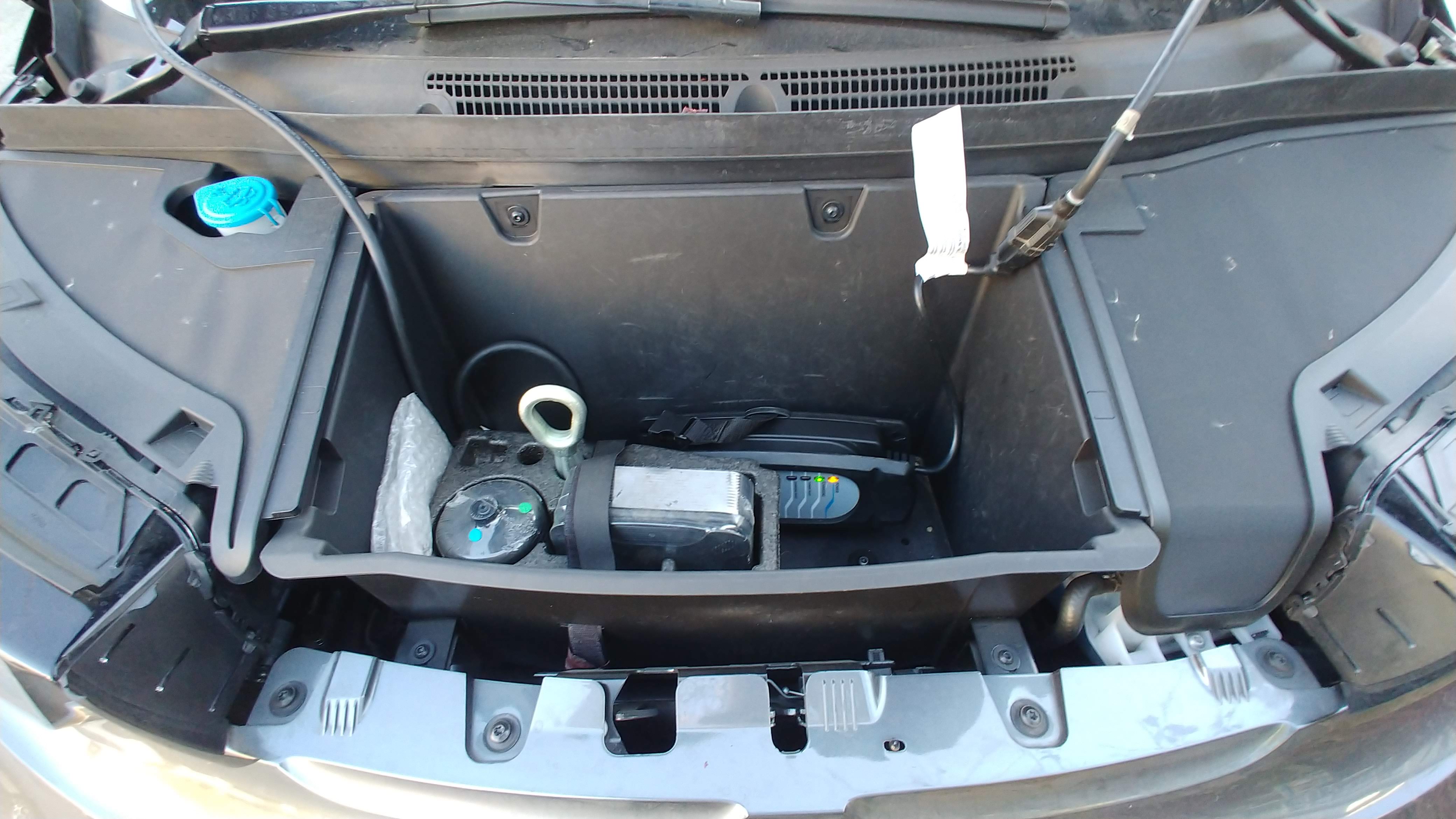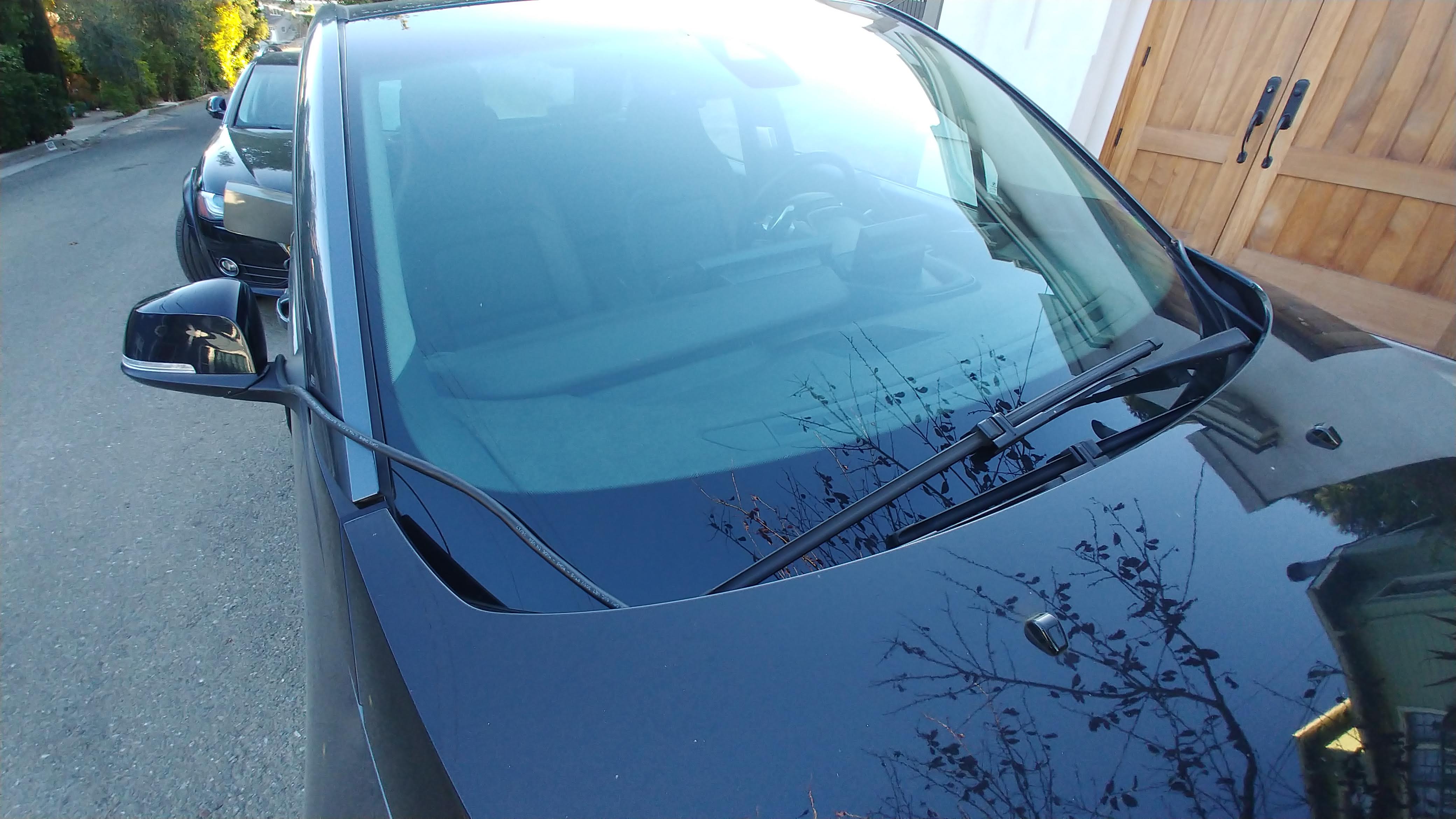I'm looking to purchase a pre-owned 2017 REX in the next month or so. My daily commute is 35 miles round trip, so I may be able to get away with just the occasional use charger and a 110v line in my garage. I should be able to top off at my office daily, but this may be costly.
My question is when I see the term "occasional use", I don't know exactly what that means. Is it recommended to only use this method of charging occasionally due to potential harm from daily use? COuld the charger "burnt out" from regular use? I know it's much slower than a 240v charger, but if I plug in nightly, the car should receive at least 10 hours of charging each night = 30 - 40 miles of range. This should be fine for my current needs, unless there is a reason aside from speed of charge for not using the OCU every night.
My question is when I see the term "occasional use", I don't know exactly what that means. Is it recommended to only use this method of charging occasionally due to potential harm from daily use? COuld the charger "burnt out" from regular use? I know it's much slower than a 240v charger, but if I plug in nightly, the car should receive at least 10 hours of charging each night = 30 - 40 miles of range. This should be fine for my current needs, unless there is a reason aside from speed of charge for not using the OCU every night.


